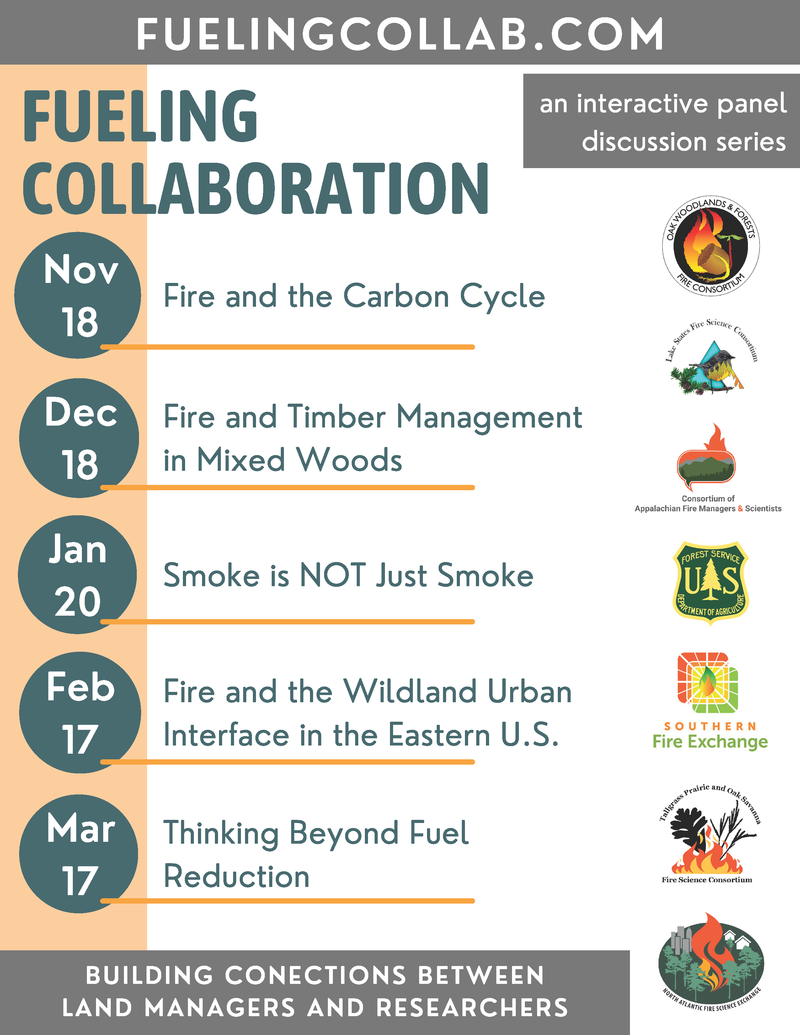The return of the bison to Minneopa State Park: how fire, grazing, and persistence play a role in prairie recovery
 Wednesday, December 21, 2022 at 9:01AM
Wednesday, December 21, 2022 at 9:01AM "The return of the bison to Minneopa State Park: how fire, grazing, and persistence play a role in prairie recovery"
Virtual Field Days - February 15-16, 8:30-11:30 a.m. (Central)
The Minnesota Department of Natural Resources (DNR) and the Prairie Reconstruction Initiative (PRI) invite you to an online field day.
In this format, you'll see video segments from filming done at Minneopa State Park in the summer of 2022, followed by a live panel discussions with land managers, park volunteers, and bison ambassadors.
They will take walk us through past, present, and future prairie management including the reintroduction of bison, fire, and grazing at Minneopa State Park in southern Minnesota.
There will be two modules each day:
Feb. 15:
- History of Management at Minneopa State Park
- The Return of the Bison
Feb. 16:
- Managing Prairie and Savanna with Grazing and Fire
- Change and the Future of Prairie Management and Conservation at Minneopa
Learn more and how to join at the Prairie Reconstruction Initiative's Field Days page: https://sites.google.com/view/prairiereconinitiative/what-we-do/field-days

 TPOS | Comments Off |
TPOS | Comments Off | 




